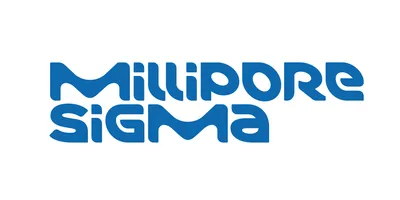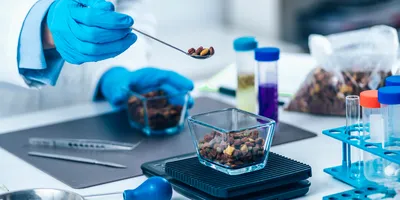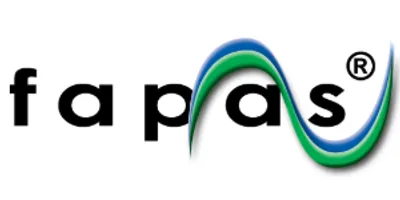
Vinka Oyanedel-Craver, PhD, associate professor at the Department of Civil and Environmental Engineering at the University of Rhode Island, talks to contributing editor Tanuja Koppal, PhD, about the use of Fourier Transform Infrared Spectroscopy (FTIR) as a high-throughput technique for toxicity testing.
Q: Can you describe your recent work with FTIR and some of its applications?
A: Nanoparticles with antimicrobial properties are used in hundreds of consumer products, from cosmetics to clothing, as well as for medical applications. We have used FTIR to detect compositional changes in bacteria when exposed to silver nanoparticles. This is to evaluate the possible adaptation response of the bacteria to the exposure to antimicrobial nanoparticles. If the bacteria are capable of adapting to this stress, then these materials could become obsolete.
In our study, we used a continuous bioreactor, and FTIR provided us with a fast and easy way to determine changes in bacterial composition over time. FTIR allowed us to identify structural changes in the peptide and amino acid regions that could affect the 3-D protein structure in bacteria. FTIR provided the evidence that silver nanoparticle cytotoxicity induced intracellular changes in the bacteria.
Q: What are some of the new trends in FTIR, and molecular spectroscopy in general, in terms of technology and applications?
A: In my opinion, the possibility of using FTIR in a high-throughput manner is very attractive, especially for toxicity screening tests. Also, its application in flow-through cells is critical to understanding time-related changes in samples. In our studies, we are able to use bacterial suspension in aqueous media, as well as bacterial components such as membrane, proteins, and DNA. The versatility of FTIR in terms of using both liquid and solid samples is very attractive, and the changes were detected immediately after sampling.
Q: Can you comment on some of the limitations and advantages in using FTIR and other spectroscopic techniques? Are there any new improvements you foresee soon?
A: Post-processing of the results after FTIR screening is one of the most challenging stages, and handling the large amounts of information collected is challenging as well. FTIR in combination with other spectrophotometric techniques is always recommended in order to obtain a more comprehensive analysis of the samples. Techniques that have been used to complement FTIR results or to compensate for analysis limitations are Raman spectroscopy, mass spectrometry, nuclear magnetic resonance spectroscopy, and X-ray photoelectron spectroscopy.
Lab Management Certificate
The Lab Management certificate is more than training—it’s a professional advantage.
Gain critical skills and IACET-approved CEUs that make a measurable difference.
Q: Do you have backups and duplicate equipment in place for emergencies?
A: For our whole-genome sequencing work, we have four identical robots set up in two different rooms for the DNA preparation. One room is for pre-PCR work and the other for post- PCR, so we can avoid contamination problems. So there is some duplication of equipment. In an emergency, these robots can back up one another, although we would prefer to keep them in separate rooms. But not all of our robots have backups. It all depends on how mission critical it is.
Q: Any advice in terms of working with FTIR?
A: FTIR is a wonderful and versatile technique; however, it is not a silver bullet, and complementary information from other techniques is usually required. Additionally, interpretation of the results can be challenging, and use of proper controls is extremely important when designing the experiments.
Vinka Oyanedel-Craver is an associate professor in the Department of Civil and Environmental Engineering at the University of Rhode Island (URI). Her current research interests are in the areas of drinking water, wastewater, and storm water treatment. She has authored more than 30 peer-reviewed publications. Dr. Oyanedel-Craver’s research has been funded by several federal, state, and nonprofit agencies, including NSF, USAID, and DOI. She has several awards, including the ASCE Rudolph Hering Medal and the NSF CAREER award for young investigators.
New Methods Driving New ResearchThe Molecular Spectroscopy Laboratory at RIKEN in Japan is focused on developing and utilizing the most advanced molecular spectroscopy techniques with suitable time and space resolution, to study some very complex phenomena for diverse applications. Tahei Tahara, DSci, chief scientist and director of the Molecular Spectroscopy Laboratory at RIKEN, points to some of their recent publications that highlight new spectroscopy methods they have developed and use for their research. “Advanced spectroscopy enables us to clarify the femtosecond dynamics and steady-state properties of molecules or molecular ensembles in various environments, which is a big advantage,” says Dr. Tahara. “The limitation is that the experimental setups are very often complicated and expensive. While expanding the frontier of advanced spectroscopy, it is important to make it possible to use it in much easier ways so that scientists and engineers in various fields can use these techniques for their research.”
|











